japanese alps
The Japanese Alps: Beautiful Trails for All Seasons!

Tokyo Terry
Posted on October 17, 2025
Share:
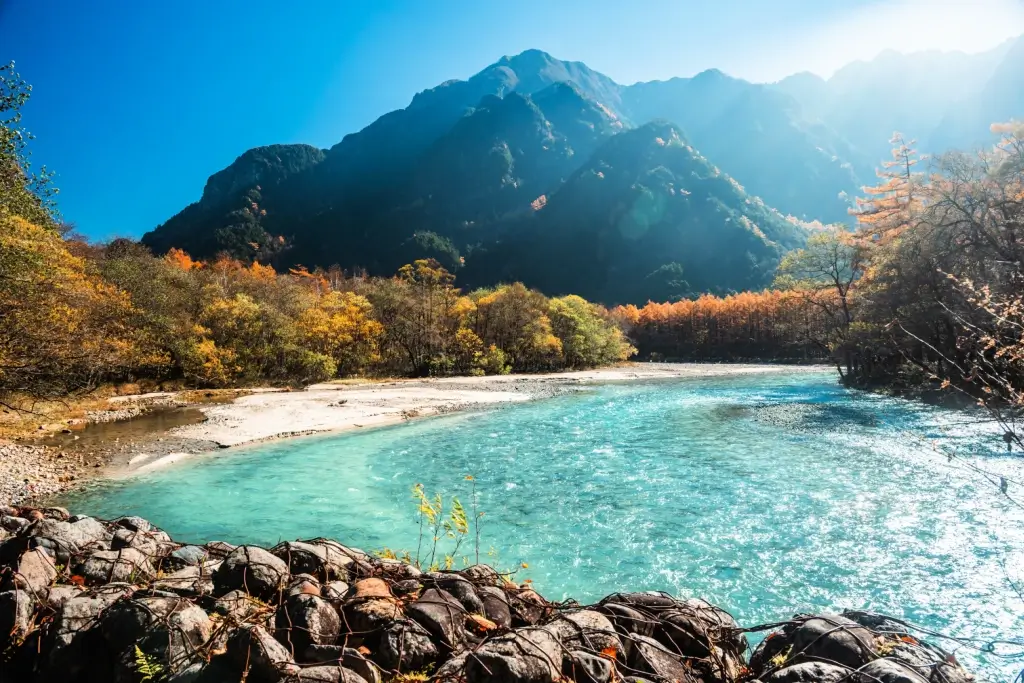
The Japanese Alps are a mountain range in central Japan. Their location draws thousands of hikers, nature lovers, and history enthusiasts from all over Japan each year. The entire region is a mix of snow-capped peaks, forest-covered hillsides, and clear rivers. They are also famous for their breathtaking views that extend for miles.
They contain trails for all levels, from easy walks to challenging climbs. The colors of the seasons change rapidly here – from white slopes in winter to lush greens in summer, and red canopies in fall. You can enjoy the region’s natural attractions in any season. Today, we’ll explore the different areas of the Japanese Alps, how to reach them, and the trips they’re known for.
What are the Japanese Alps?
The Japanese Alps are a chain of mountains in central Honshu, spanning the prefectures of Shizuoka, Gifu, Niigata, Nagano, Yamanashi, and Toyama. Their location basically divides the country in half. Three mountain ranges form them, stretching from the Sea of Japan in the north to the Pacific Ocean coast in the south: the Northern (Hida), Central (Kiso), and Southern (Akaishi) Alps.
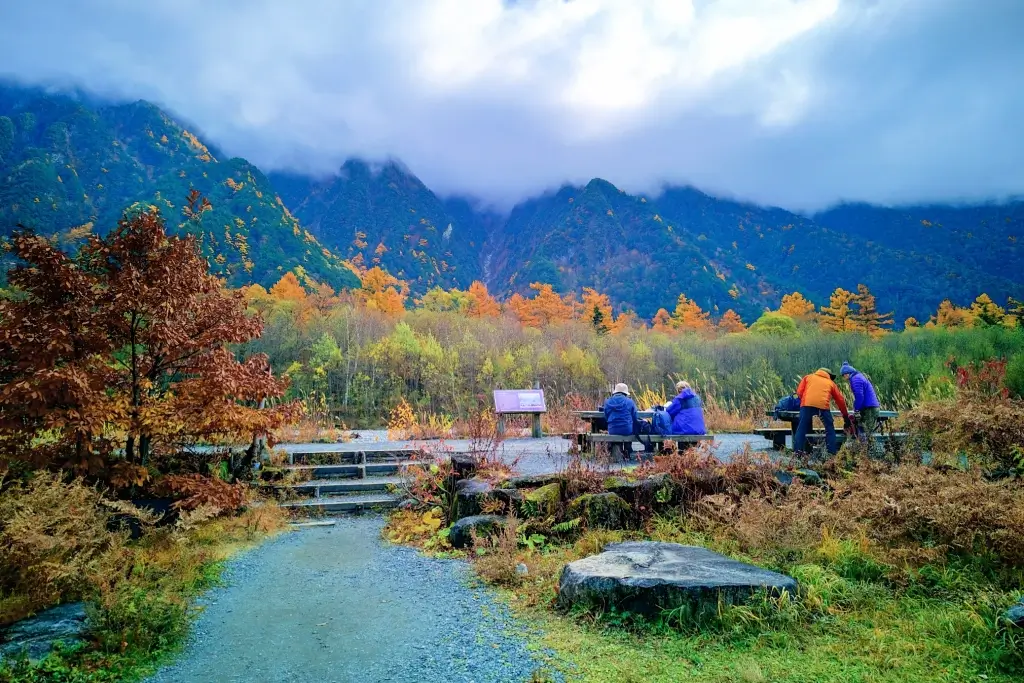
William Gowland, an English archaeologist, coined the name in the 1800s after the peaks reminded him of those in Europe. But Buddhist monks have been making pilgrimages to the area since ancient times. Additionally, samurai, accompanied by local hunters, regularly visited the peaks and valleys to patrol and preserve valuable timber stocks. As a result of their journeys, they created numerous maps during the Edo period (1603–1868).
The Northern Alps
The Hida Range runs along the borders of Nagano, Gifu, and Toyama Prefectures, forming the main ridge of the Japanese Alps. Hida contains some of the highest peaks, including the 3190-meter (10466-foot) Mt. Okuhotaka, the highest in the range. The towering elevations in this range quickly drop off into deep valleys, producing dramatic scenery and views. This has also made it a magnet for mountain activities for centuries. There is evidence of monk pilgrimages as early as the Kamakura period (1185–1333). However, the area gained significant fame during the Meiji era (1868–1912), when climbers began mapping new routes.
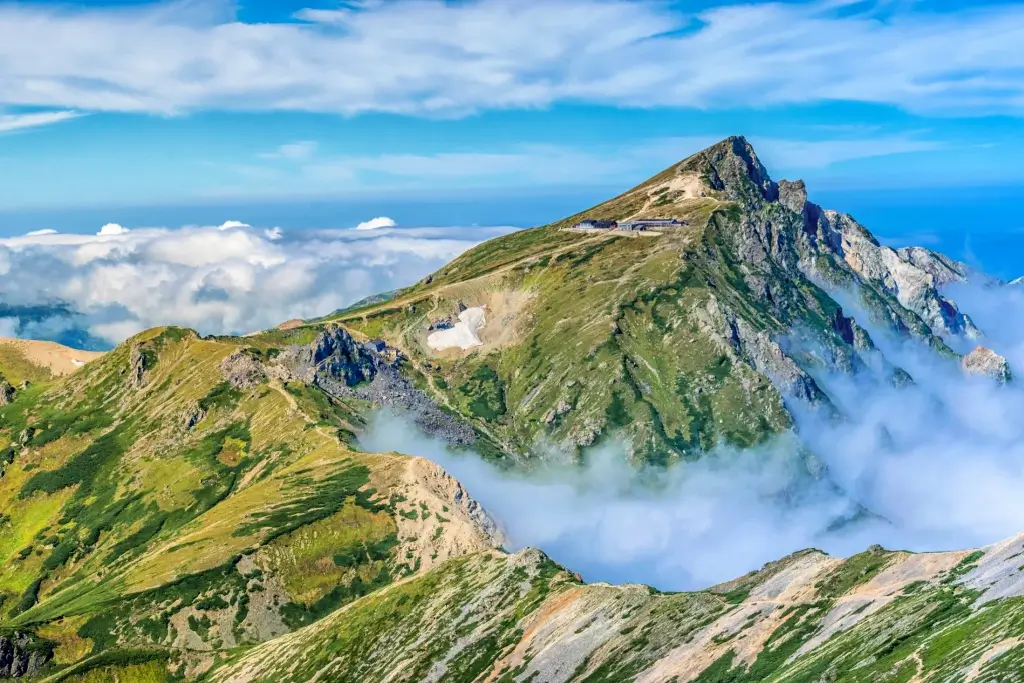
Most attractions and activities in the region center on Chubu Sangaku National Park. The scenic Kamikochi Valley lies within the park at an elevation of 1,500 meters (4921 feet) above sea level. It is only a 90-minute bus ride from Matsumoto Station in Nagano, and serves as a gateway for modern-day explorers. Once there, numerous natural attractions are within striking distance.
The impressive Kita Alps Bridge is a popular destination, especially in autumn against a background of the mountains in full fall colors. In summer, the smaller Kappa Bridge across the Azusa River is visited for its unhindered view of Mount Hotaka (Hotakadake). Not far from the river, hiking trails lead to spots like Myojin Pond. And, of course, Hakuba Valley’s ski resorts lie further along the train line, drawing crowds with Olympic-grade snow in winter.
Are you looking for great snacks from places like Nagano? Check out Sakuraco! Sakuraco delivers traditional Japanese snacks, teas, and sweets from local Japanese makers directly to your door so you can enjoy the latest treats from Japan!
The Central Alps
The Kiso Range is primarily located in Nagano Prefecture. It is famous for its gentler slopes and more navigable passes. During the Edo period, the Nakasendo route connected Kyoto to Edo, passing through these mountains, which facilitated trade and pilgrimage. Today, such historic trails attract many hikers.
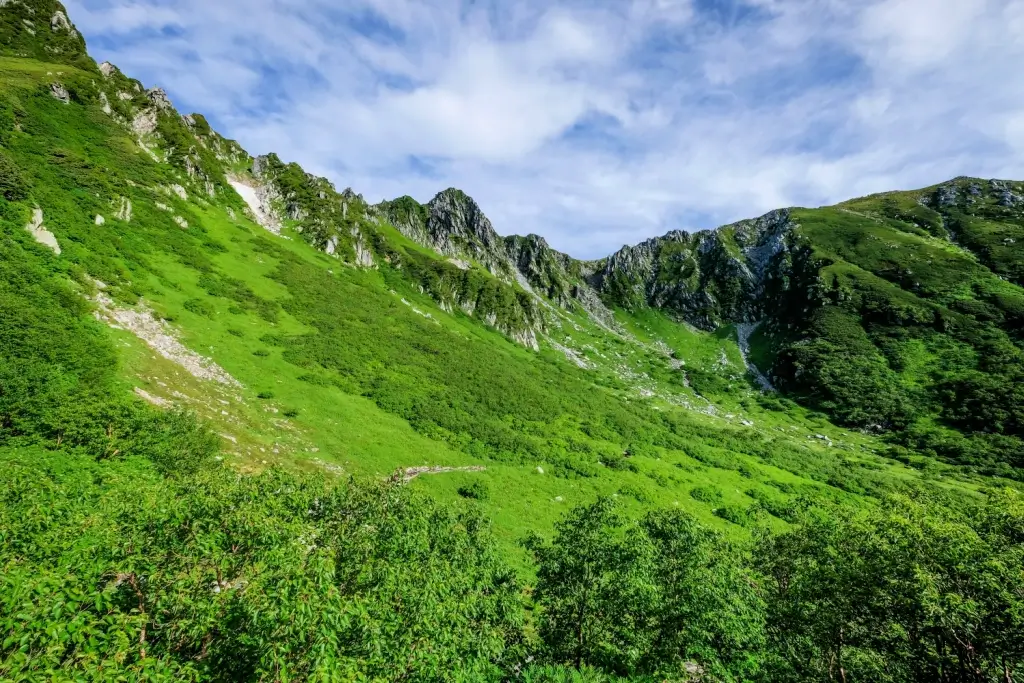
In the summer and fall, Komagane City serves as a trailhead, as it is accessible via a two-hour train ride from Nagoya. From there, the Komagatake Ropeway lifts visitors to 2612 meters (7093 feet), revealing views of Mount Komagatake along the way. From the top, visitors can follow trails to various attractions such as the wildflowers of Senjojiki Cirque or Nogaike Pond.
Roads along the Kiso Range are lined with hot springs, which become especially active in the fall. Hayataro Onsen is situated on the route to the ropeway, making it one of the most popular destinations in the area. It is available for day use only, but other hot spring facilities offer overnight accommodations. Atera-so Forest Spa and Kekehashi Onsen Inn can be found on the other side of the ridge.
The Southern Alps
The Akaishi Range, located in Yamanashi and Shizuoka prefectures, is known for its more remote trails. This isolation made them favored by monks in the Nara period (710–794). Minami Alps National Park is the primary draw here. It contains Mount Kita (Kita-dake), Japan’s second-highest peak at 3193 meters (10476 feet). The challenging Mount Kita ascent trail attracts climbers from all over the country.
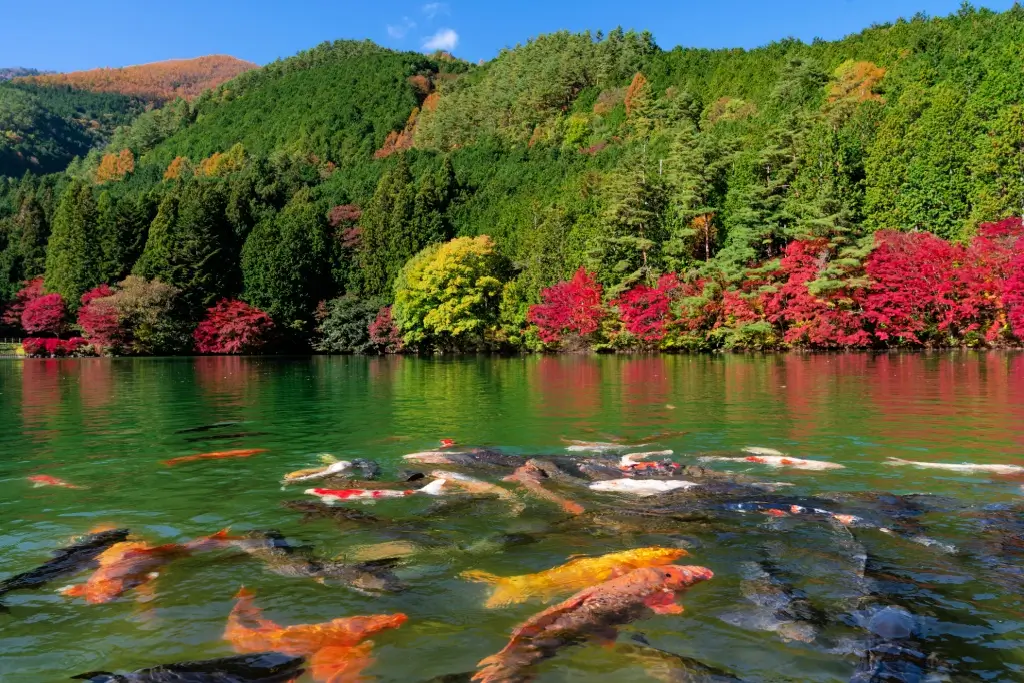
The town of Hirogawara also acts as an access point, as the trailheads to this and several other mountain trekking courses are nearby. Mountaineering takes place all year round. The mild summer weather makes it the most comfortable time to visit. However, the clearer air in September allows for viewing fall colors from many kilometers (miles) away.
Why do the Japanese Alps attract travelers?
The Japanese Alps attract travelers primarily because of their spectacular beauty. And there are fantastic views of the surrounding lowlands for those willing to trek to the summits. The mountains can also be appreciated without making the often arduous journey to their peaks. Less adventurous visitors can enjoy the scenery from the numerous towns and villages nestled in the surrounding valleys.
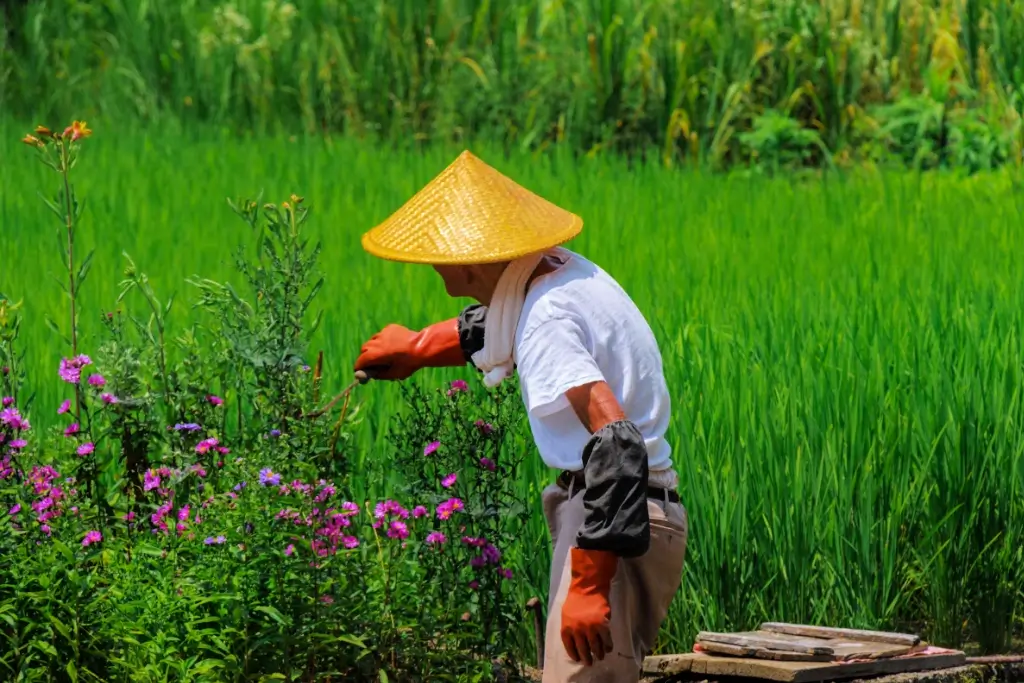
These themselves contain year-round activities and attractions that are often only a pleasant stroll from the parking area or bus stop. Mountains here also collect snow for winter sports and block cold winds. Their combination of high elevations and low valleys makes access easy. They are flanked by highways and train lines, making access quite convenient, even when traveling from major cities.
This accessibility gives visitors the chance to explore routes that have been sacred for centuries, and write their own tales. Have you found adventure along the paths of the Japanese Alps? Which range is your favorite, and in which season? Share your tips for attractions or advice for hiking in these highlands below!

Discover authentic flavors with Sakuraco
Get Sakuraco 

Discover authentic flavors with Sakuraco
Get Sakuraco 
Related Articles
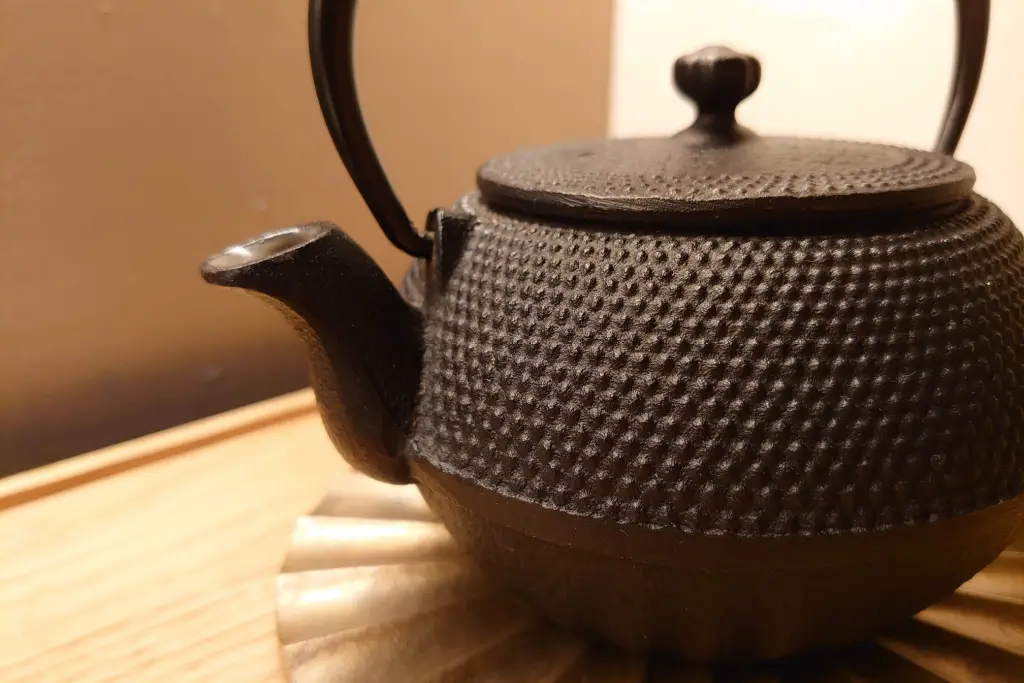
Nambu Tekki: Morioka’s Amazing Iron Craft
In the historic city of Morioka, Iwate Prefecture, a craft with over 400 years of history continues to captivate with its rustic beauty and practical charm. Nambu tekki, or Nambu cast iron, refers to traditional ironware, such as teapots, kettles, and decorative pieces, that embody the spirit of Tohoku craftsmanship.

Ebisu: The Cheerful Guardian of Luck and Prosperity
Religion in Japan involves a dizzying array of spirits and beings. These gods are inspired by ancient tales and used to symbolize nature’s bounty. However, they also profoundly impact daily life and are often sought out for help in challenging times

Little New Year in Japan: Discovering Koshogatsu Traditions
When people think of the Japanese New Year, they typically associate it with January 1st. It’s a time for celebrations, family, special foods, and visits to shrines for hatsumode (first prayer of the year).
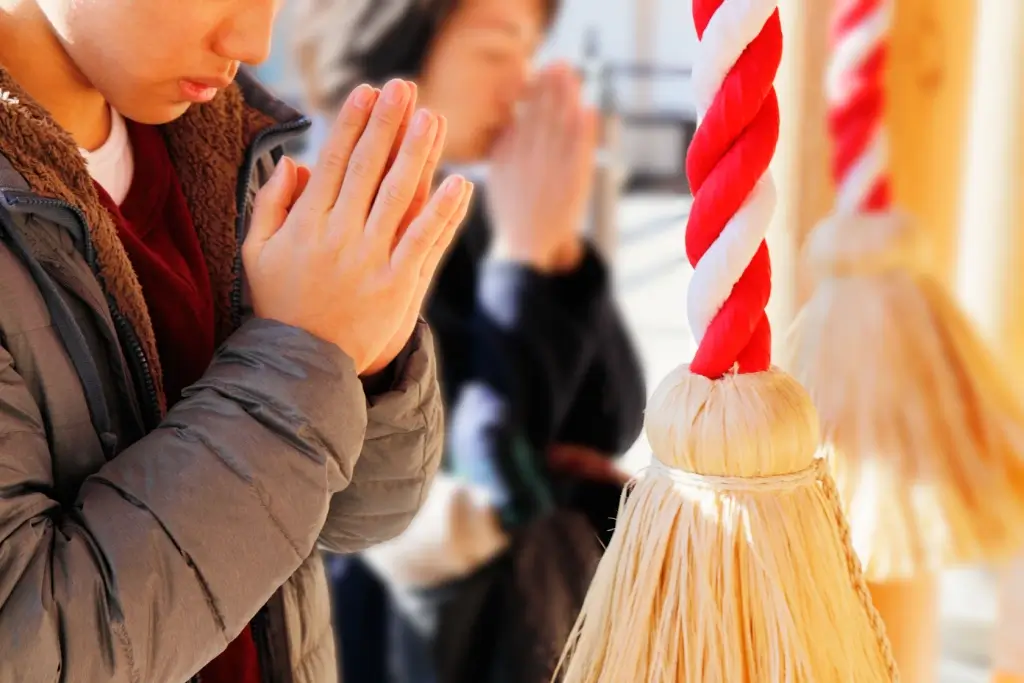
Hatsumode: Why Is It Japan’s Most Important Tradition?
Hatsumode is the first visit to a shrine or temple in the New Year in Japan, and it is one of the country’s most important traditions. Every year, millions of people participate, demonstrating the profound connection between this custom and daily life.



